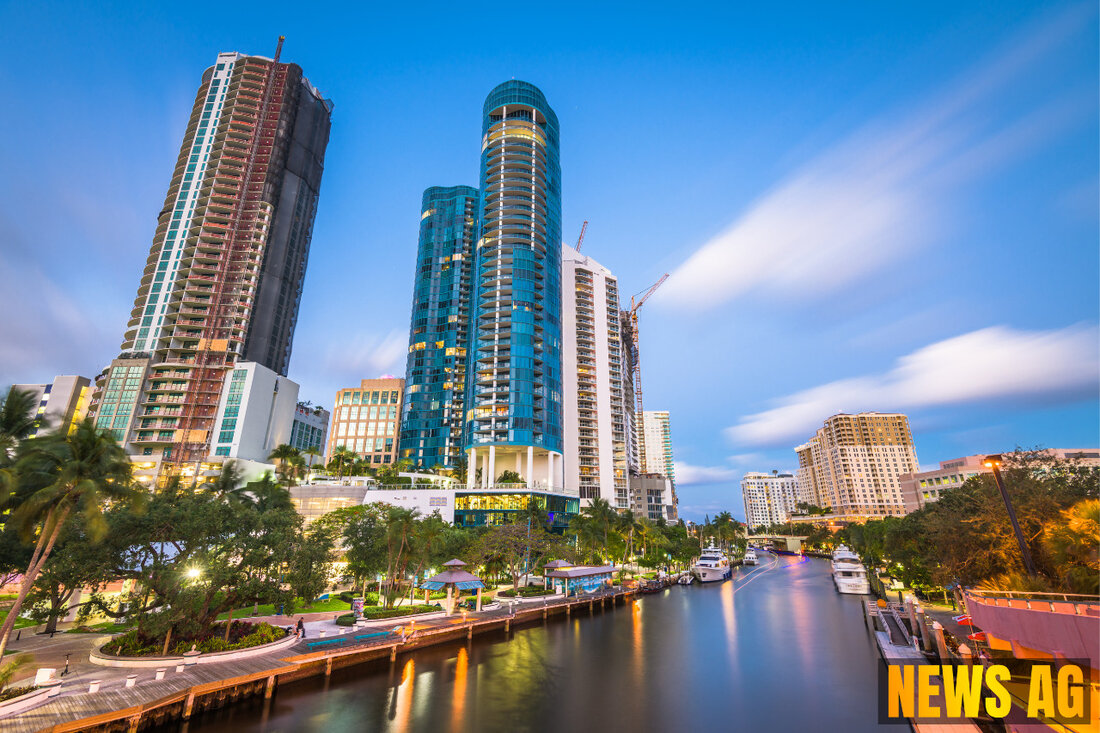Turkey Point Leak: A Brewing Crisis for Miami's Drinking Water!

Turkey Point, Florida, USA - The Biscayne Aquifer, a vital lifeline for millions in South Florida, is facing a threat from an alarming plume of hypersaline and potentially radioactive water originating from Florida Power & Light’s (FPL) Turkey Point nuclear plant. This facility, located roughly 20 miles south of Miami, provides power to nearly a million homes and businesses. However, the environmental ramifications of its long-standing cooling canal system are raising concerns among local officials and residents alike.
The Turkey Point plant’s expansive 170-mile cooling canal system was initially designed to mitigate hot water discharge into the ocean. Instead, it has led to the creation of a highly concentrated saltwater plume, now detected moving north and west towards sources of drinking water for Miami and the Florida Keys. As Islander News reports, this contamination is perilously close—only about four miles from one of Miami’s well fields and seven miles from Key West’s main wells.
The Cooling Canal Controversy
Florida Power & Light has operated this cooling canal system since 1973. Designed to prevent pollution in Biscayne Bay, it has become a major issue due to its unintended consequences, as noted by Local 10 News. While FPL claims progress has been made in addressing the plume’s spread—reportedly reducing its size by almost half through mitigation efforts—officials remain wary. David Hackworth, Chief Engineer for the Florida Keys Aqueduct Authority, pointed out the persistent risk to water quality due to the ongoing salinity intrusion.
Experts have identified a plume moving westward at a concerning rate of over a foot per day. Although it has not yet reached the municipal water supply, the situation calls for immediate action. The U.S. Department of Justice has mandated that FPL implement a closed-loop cooling system and has granted the company ten years to rectify this issue. However, FPL has already acknowledged that meeting this timeline is unrealistic, contributing to the anxiety felt by local communities about their water safety.
Environmental and Health Concerns
As Save the Water highlights, the implications extend beyond just drinking water. Discharge from the cooling canals includes a mix of salt, ammonia, phosphorus, and traces of tritium, further jeopardizing the region’s already delicate ecosystems. The Biscayne Aquifer is designated as a „sole source“ aquifer, supplying fresh water to over three million residents and countless visitors.
The salinity levels in the cooling canals have skyrocketed, at times becoming three times saltier than seawater. These extreme conditions have also been linked to adverse outcomes for local wildlife, particularly the American crocodile. Monitoring has indicated a troubling decline in their nests and hatchlings. With soaring temperatures in the cooling canals, FPL’s moves to manage these situations have further complicated an already precarious balance, raising concerns about potential impacts on the Everglades as well.
It’s clear that community awareness and advocacy for environmental legislation are essential as residents grapple with the possibility of contamination and its repercussions on health, agriculture, and the local economy. As discussions evolve around the future of Turkey Point—especially in terms of its operations until 2052—many are calling for a shift toward cleaner energy sources rather than an extension of current practices that may be leading to irreparable harm.
| Details | |
|---|---|
| Ort | Turkey Point, Florida, USA |
| Quellen | |
